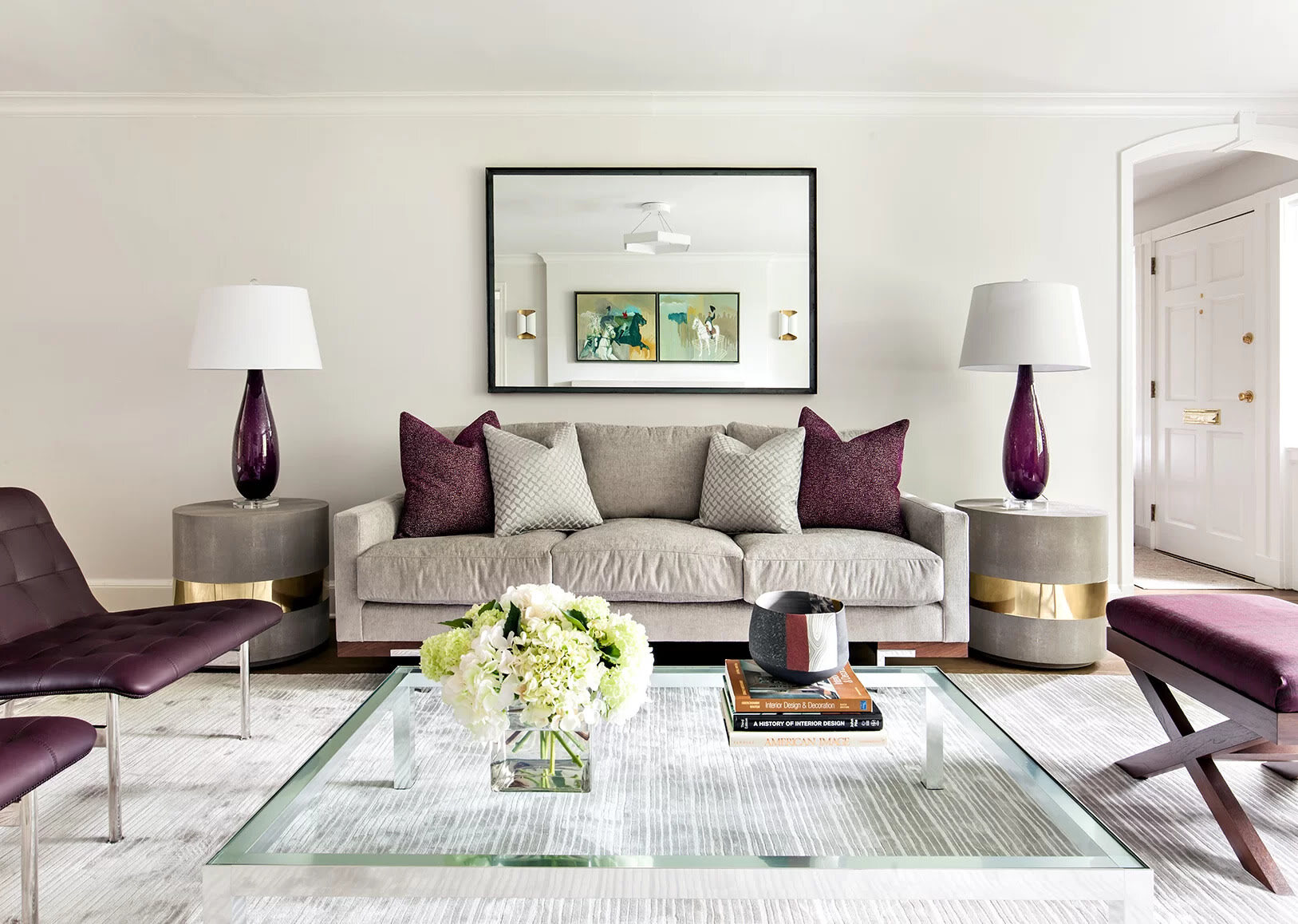

Articles
Where To Place A Mirror In The Living Room
Modified: January 8, 2024
Discover the best spots to hang mirrors in your living room with our informative articles. Enhance your space and create a stylish focal point with strategic mirror placements.
(Many of the links in this article redirect to a specific reviewed product. Your purchase of these products through affiliate links helps to generate commission for Storables.com, at no extra cost. Learn more)
Introduction
Adding a mirror to your living room can be a simple yet effective way to elevate the overall aesthetic appeal of the space. Mirrors can not only enhance the visual appeal but also create an illusion of depth, enlarge the area, and reflect natural light, making the room feel brighter and more spacious. However, to maximize the impact of a mirror, it is crucial to consider its placement carefully. By strategically placing the mirror, you can achieve various effects and transform your living room into a stylish and inviting space.
In this article, we will explore different mirror placement ideas for the living room, highlighting both functional and decorative aspects. Whether you want to create a focal point, enhance natural light, camouflage unsightly areas, or simply add a decorative touch, you will find inspiration and guidance to help you make the most of your mirror placement in the living room.
Key Takeaways:
- Strategically placing mirrors in the living room can create an illusion of depth, enhance natural light, and serve as captivating focal points, transforming the space into a stylish and inviting environment.
- Mirrors offer a versatile and powerful way to camouflage unsightly areas, reflect scenic views, and create a sense of spaciousness, allowing you to elevate the aesthetics and functionality of your living room with creativity and style.
Read more: Where To Place A Rug In A Living Room
Mirror Placement for Depth and Illusion
One of the most effective ways to use mirrors in the living room is to create a sense of depth and illusion. Mirrors have the power to visually expand a space, making it appear larger and more open. To achieve this effect, consider placing a mirror on a wall opposite a window or entryway. The mirror will reflect the natural light and the view, giving the impression of an extended space.
Another technique to enhance depth is to place a large mirror on one end of the living room. This will create the illusion of a longer room and draw the eye towards the mirror, making the space feel more expansive.
In addition to the placement, the angle of the mirror can also play a role in creating depth. Consider tilting the mirror slightly upwards so that it reflects the ceiling. This will give the illusion of a taller room, adding to the sense of spaciousness.
It is important to note that when using mirrors for depth and illusion, it is best to opt for larger mirrors or mirror panels that cover a significant portion of the wall. This will maximize the reflection and create a more impactful effect.
Overall, strategically placing mirrors in the living room to enhance depth and create illusions can make a significant difference in the overall perception of space. By carefully considering the placement, size, and angle of the mirrors, you can transform a small or cramped living room into a more spacious and visually appealing area.
Mirror Placement for Natural Light Enhancement
Natural light is a coveted feature in any living room, as it not only brightens the space but also creates a warm and inviting atmosphere. Using mirrors strategically can help maximize the natural light in the room, making it feel brighter and more open.
One effective way to enhance natural light is by placing a mirror across from a window or source of natural light. The mirror will reflect the light back into the room, effectively doubling the amount of natural light present. This not only brightens the space but also creates a sense of openness and airiness.
If your living room lacks windows or does not have access to abundant natural light, using mirrors strategically can still work wonders. Consider placing mirrors on the walls adjacent to the windows. This will help bounce the existing natural light around the room, helping to brighten dark corners and create a more well-lit environment.
In addition to the placement, the size of the mirrors also matters when enhancing natural light. Opt for large mirrors or mirror panels that can reflect as much light as possible. The larger the mirror, the more light it will reflect, creating a brighter and more radiant living room.
For an even more effective natural light enhancement, consider incorporating mirrored furniture into your living room. Pieces such as mirrored side tables or a mirrored coffee table can help bounce light around the room, creating a beautiful and luminous effect.
By strategically placing mirrors to enhance natural light, you can transform your living room into a bright and inviting space. Whether you have access to abundant natural light or need to rely on artificial lighting, mirrors can be a game-changer in creating a vibrant and well-lit environment.
Mirror Placement for Focal Point
A mirror can serve as a captivating focal point in your living room, drawing attention and adding a touch of glamour to the space. To make the most of a mirror as a focal point, it is essential to consider its placement carefully.
One popular approach is to hang a large decorative mirror above a fireplace or mantel. This not only creates a striking focal point but also adds visual interest and depth to the room. The mirror will reflect the flames or the artwork displayed on the mantel, creating a dynamic and inviting atmosphere.
If you don’t have a fireplace, consider placing a statement mirror on a feature wall. This could be a wall with unique wallpaper, a textured surface, or a vibrant paint color. The mirror will not only accentuate the wall but also become a focal point that adds character and style to the living room.
Another creative option is to use a collection of smaller mirrors arranged in an eye-catching pattern. By playing with different sizes, shapes, and frames, you can create a visually appealing arrangement that functions as a focal point. This arrangement could be hung on a plain wall or above a console table to showcase your personal style and add an element of intrigue.
When selecting the mirror for a focal point, consider choosing one with an interesting shape or decorative frame. This will help it stand out and grab attention, elevating its status as the focal point of the room.
By strategically placing a mirror as a focal point in your living room, you can create a visually stunning statement piece that adds personality and charm to the space. Whether it’s above a fireplace, on a feature wall, or as part of a creative arrangement, a mirror used as a focal point can transform your living room into an inspiring and captivating environment.
Mirror Placement for Decorative Purposes
Using mirrors for decorative purposes can add an element of style, elegance, and personality to your living room. The key is to choose the right mirror and place it in a way that enhances the overall aesthetic of the space.
One popular approach is to create a gallery wall of mirrors. This involves grouping mirrors of various sizes, shapes, and frames on a designated wall. The arrangement can be symmetrical or asymmetric, depending on your preferred style. This gallery wall of mirrors serves as an eye-catching focal point and adds a unique and artistic touch to the living room.
For a more minimalist and modern look, consider using a single large mirror with a clean and sleek design. This mirror can be placed on a plain wall or positioned above a console table for a sophisticated and polished effect. The simplicity of the mirror allows it to become a statement piece on its own.
If you have a smaller living room or want to create a cozy ambiance, consider using mirrors with decorative frames. These frames can include intricate designs, ornate patterns, or unique textures that complement your existing decor. By selecting mirrors with decorative frames, you can add a touch of elegance and personal style to your living room.
Placing mirrors strategically next to other decorative elements can also enhance their impact. For example, hanging a mirror near a piece of artwork or a sculptural object can create an interesting visual interplay and draw attention to both the mirror and the artwork. The mirror serves as a complementary decorative element that enhances the overall aesthetic of the living room.
By incorporating mirrors for decorative purposes in your living room, you can elevate the style quotient and create a visually captivating space. Whether it’s through a gallery wall, a single large mirror, decorative frames, or thoughtful placement next to other decorative elements, mirrors can add a touch of sophistication and personal flair to your living room decor.
Place a mirror on a wall opposite a window to reflect natural light and make the room feel brighter and more spacious. Avoid placing it directly across from cluttered or unattractive areas.
Read more: Where To Place Bookshelf In Living Room
Mirror Placement for Camouflaging Unsightly Areas
One of the clever ways to use mirrors in the living room is to strategically place them to camouflage unsightly areas or elements within the space. Whether it’s to hide a plain wall, a bulky piece of furniture, or an unattractive architectural feature, mirrors can effectively distract the eye and create a more visually appealing environment.
If you have a wall that lacks visual interest or has an unappealing texture, consider placing a large mirror on it. The mirror will not only cover the plain surface but also reflect the surrounding area, creating a sense of depth and visual intrigue. This can effectively divert attention away from the unattractive wall and add a touch of elegance to the living room.
Another technique is to strategically position a mirror to hide or minimize the appearance of a bulky or unappealing furniture piece. For example, if you have a large entertainment unit or a storage cabinet that dominates the room, place a mirror on the adjacent wall to help visually balance the space. The mirror will reflect the lighter and more attractive elements, diverting attention from the less desirable furniture piece.
If your living room has an architectural feature that you wish to downplay, such as a support beam or a structural column, placing a mirror nearby can help deflect attention. By reflecting the surrounding area, the mirror can create a visual illusion, making the architectural element seem less prominent and more integrated into the overall design.
When using mirrors to camouflage unsightly areas, consider the size and placement of the mirror to ensure optimal coverage and distraction. Larger mirrors or mirror panels that have a significant reflective surface will be more effective in diverting attention and transforming the visual focus of the living room.
By strategically placing mirrors to camouflage unsightly areas or elements in your living room, you can effectively hide or minimize their presence and create a more visually harmonious and appealing space. Mirrors offer a practical and stylish solution to improve the overall aesthetics of your living room by redirecting attention and adding a touch of beauty and sophistication.
Mirror Placement for Creating a Sense of Space
If you have a small or cramped living room, mirrors can be your secret weapon in creating a sense of spaciousness and openness. By strategically placing mirrors, you can visually expand the space and make it feel larger and more inviting.
One of the most effective ways to use mirrors for creating a sense of space is to position them across from a window or entryway. This allows the mirror to reflect the natural light and the view, giving the illusion of an extended space. The light bouncing off the mirror will brighten the room and create a sense of depth, making it feel more open and airy.
In addition to placing mirrors opposite sources of natural light, consider incorporating mirrored furniture into your living room. Items like mirrored coffee tables, console tables, or shelves can help create a visual continuity and enhance the perception of space. The reflective surfaces of these furniture pieces will bounce light around the room, making it appear larger and more expansive.
For an even more dramatic effect, consider using mirrored walls. By covering one or more walls with mirrors, you can visually double the size of the room. This creates a seamless reflection that extends the space far beyond its physical boundaries, giving the illusion of a much larger area.
When placing mirrors for creating a sense of space, it’s important to consider the size and placement. Opt for large mirrors or mirror panels that cover a significant portion of the wall to maximize the reflective surface and enhance the overall effect. Additionally, positioning mirrors at eye level or slightly above can help create the illusion of a taller and more spacious room.
By strategically placing mirrors to create a sense of space in your living room, you can transform a small or cramped area into a more open and inviting environment. Whether it’s reflecting natural light, incorporating mirrored furniture, or using mirrored walls, mirrors offer a powerful tool to visually expand your living room and make it feel larger and more spacious.
Mirror Placement for Reflecting Scenic Views
One of the most enjoyable ways to incorporate mirrors into your living room is by using them to reflect scenic views. If your living room has the advantage of beautiful outdoor scenery, strategically placing mirrors can help bring those views indoors and create a stunning visual experience.
To take advantage of scenic views, position a mirror on a wall that directly faces a window with a captivating view. This will allow the mirror to reflect the outdoor scenery, bringing it into the living room and creating a sense of harmony between the indoor and outdoor spaces. The reflection of the scenic views will not only add natural beauty to the room but also create a focal point that draws the eye and sparks conversation.
If you have multiple windows overlooking different scenic areas, consider using multiple mirrors to capture and reflect those views. By strategically placing mirrors on adjacent walls or opposite windows, you can create a captivating panorama within your living room. This multi-dimensional reflection will enhance the sense of openness and connection to the outdoor environment.
In addition to reflecting scenic views from the outside, mirrors can also be used to expand and enhance views from within the room. For example, if your living room has a stunning artwork or a focal point on one wall, placing a mirror on the opposite wall will create a reflection that effectively doubles the view. This not only amplifies the visual impact of the artwork but also creates a mesmerizing effect that adds depth and dimension to the space.
When utilizing mirrors to reflect scenic views, it is important to consider the size and placement to maximize the desired effect. Larger mirrors will capture and reflect more of the view, creating a more immersive experience. Additionally, placing the mirror at an angle or adjusting its tilt can help optimize the reflection and create a more dynamic and engaging reflection of the outdoors.
By strategically placing mirrors to reflect scenic views in your living room, you can bring the beauty of the outside world indoors and create a captivating visual experience. Whether it’s reflecting natural landscapes, capturing breathtaking artwork, or amplifying the views from within the room, mirrors offer a unique way to connect your living space with the captivating beauty of the surrounding environment.
Conclusion
Incorporating mirrors into your living room can have a profound impact on both the aesthetics and functionality of the space. Whether you’re aiming to create an illusion of depth, enhance natural light, add a focal point, adorn the room with decorative elements, camouflage unsightly areas, create a sense of space, or reflect scenic views, mirror placement plays a crucial role in achieving your desired outcome.
By carefully considering the placement, size, and angle of mirrors, you can transform your living room into a stylish and inviting space that suits your personal taste and lifestyle. Mirrors have the power to expand the perceived size of a room, brighten it up, create captivating focal points, add decorative flair, hide imperfections, create a sense of openness, and bring the beauty of the outdoors inside.
Whether you choose to hang a statement mirror above the fireplace, incorporate a gallery wall of mirrors, use mirrored furniture, camouflage unsightly areas, or strategically position mirrors to reflect natural light and scenic views, the possibilities are endless. The key is to experiment with different mirror placements and embrace your creativity.
Additionally, ensure that the mirrors are kept clean and free of smudges or streaks to maintain their effectiveness in enhancing the visual appeal of your living room. A well-maintained mirror will continue to reflect light and create a sense of spaciousness, allowing you to fully enjoy the benefits it brings to your living space.
In conclusion, mirrors are versatile and powerful tools that can transform your living room into a space that is both visually stunning and functional. So, go ahead and experiment with mirror placement to take full advantage of their potential. Let them reflect your style, enhance natural light, create focal points, and add a touch of elegance to your living room décor.
Remember that mirror placement is an art form, so trust your instincts and have fun in the process. With a thoughtful approach, mirrors can truly elevate the overall ambiance and aesthetics of your living room, making it a place you’ll be proud to show off to your family and friends.
Frequently Asked Questions about Where To Place A Mirror In The Living Room
Was this page helpful?
At Storables.com, we guarantee accurate and reliable information. Our content, validated by Expert Board Contributors, is crafted following stringent Editorial Policies. We're committed to providing you with well-researched, expert-backed insights for all your informational needs.
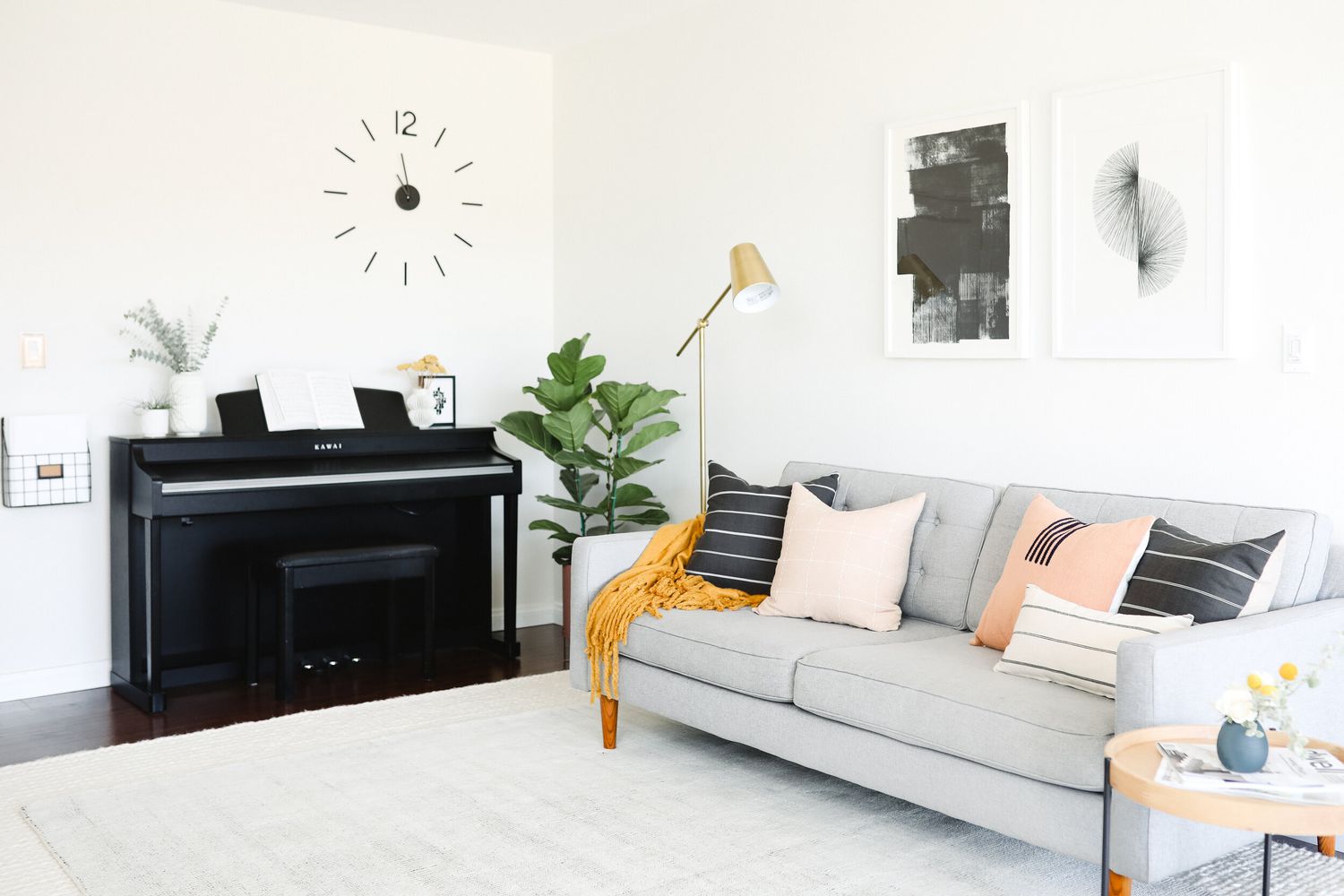
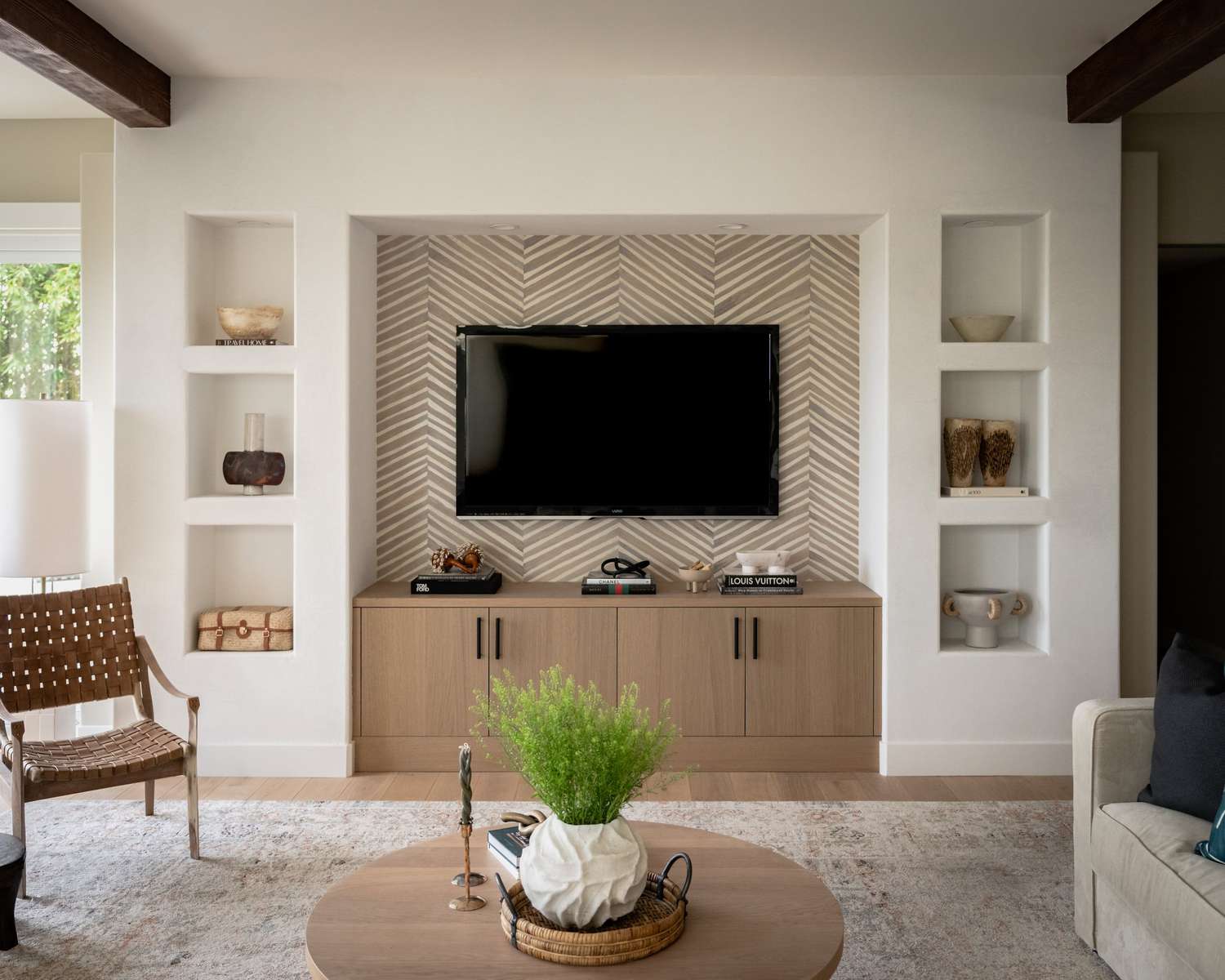
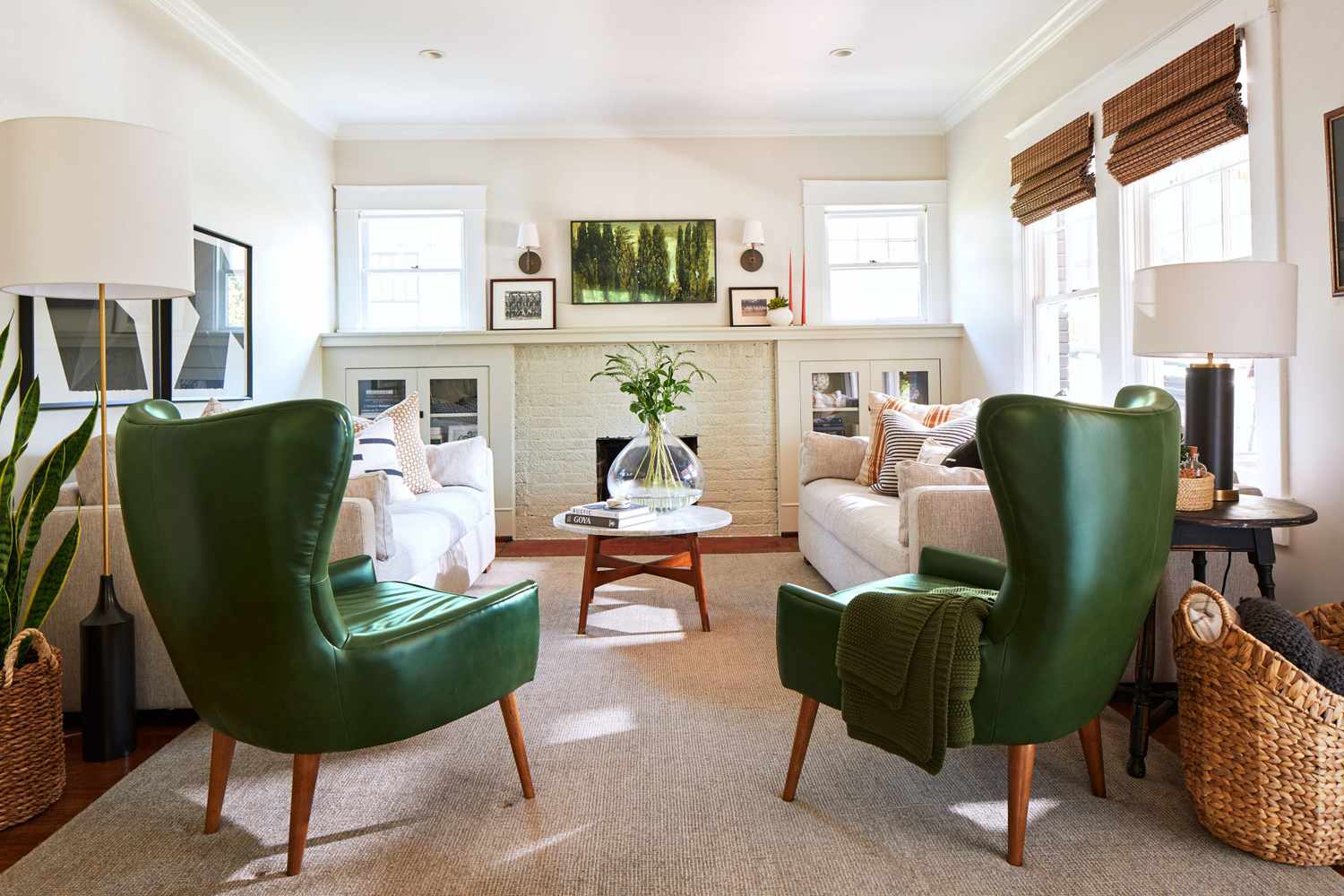
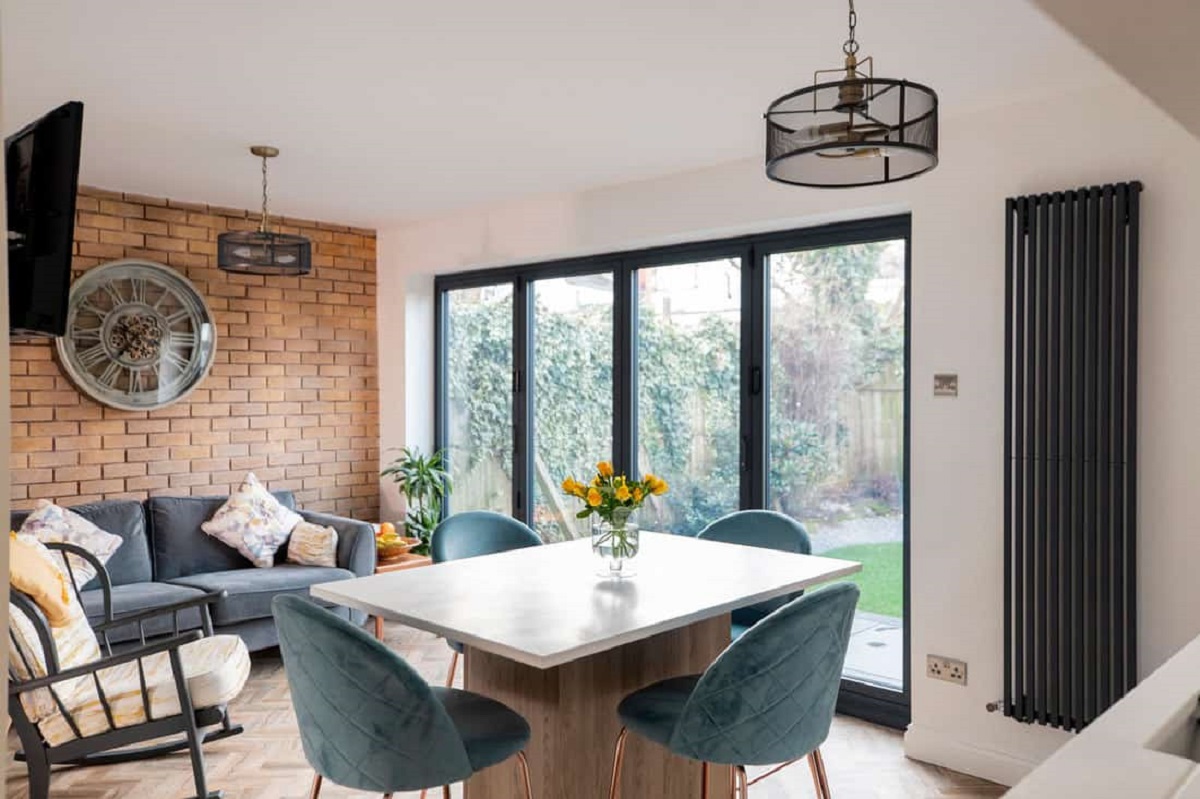
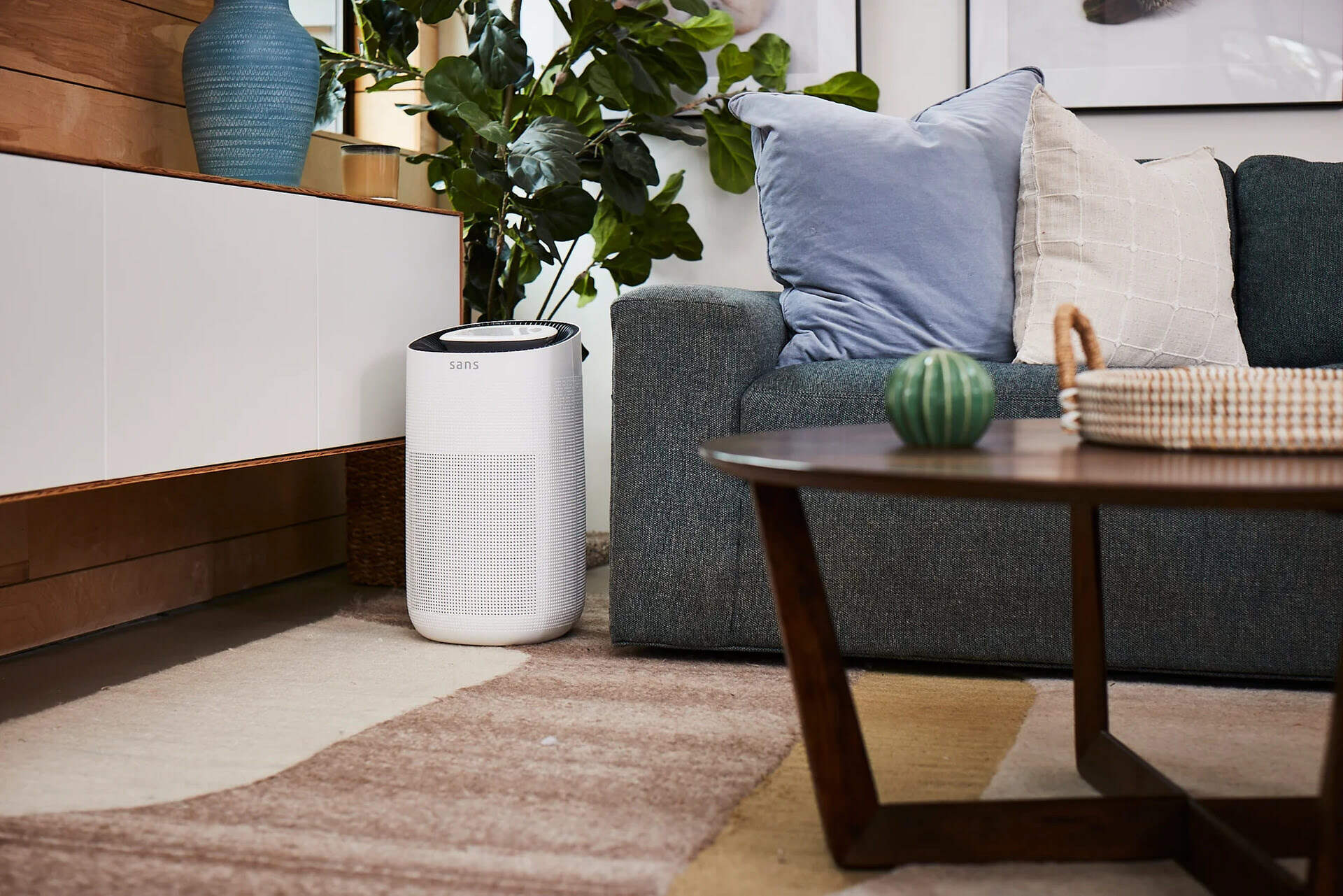
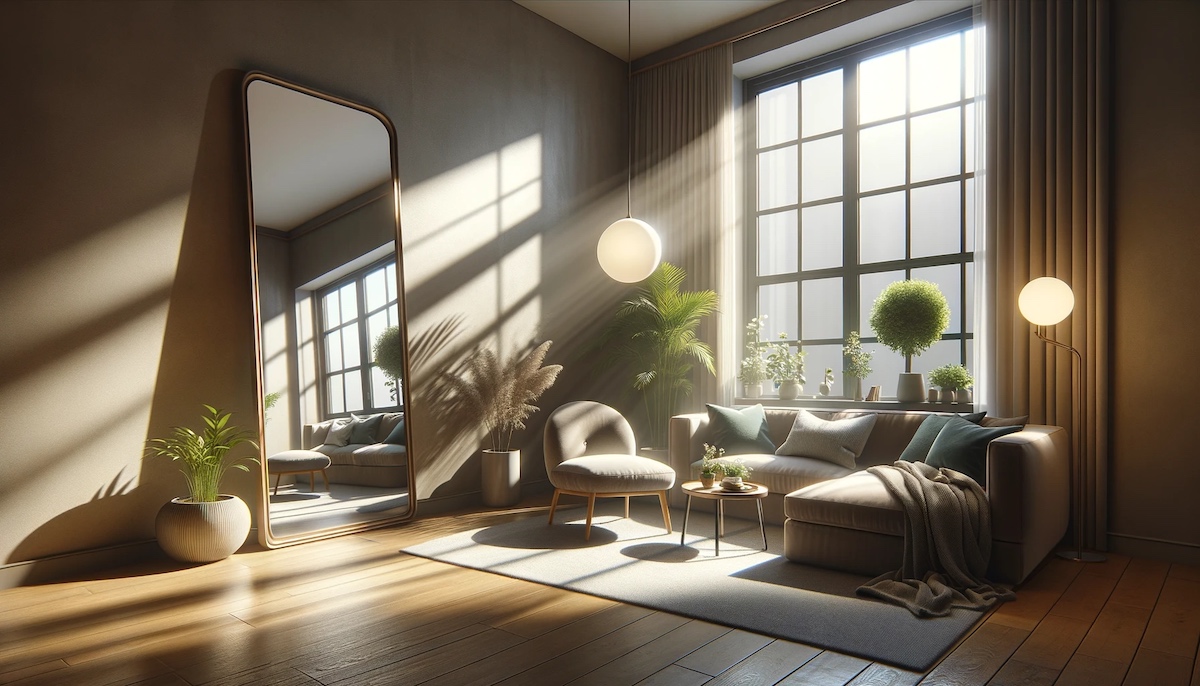
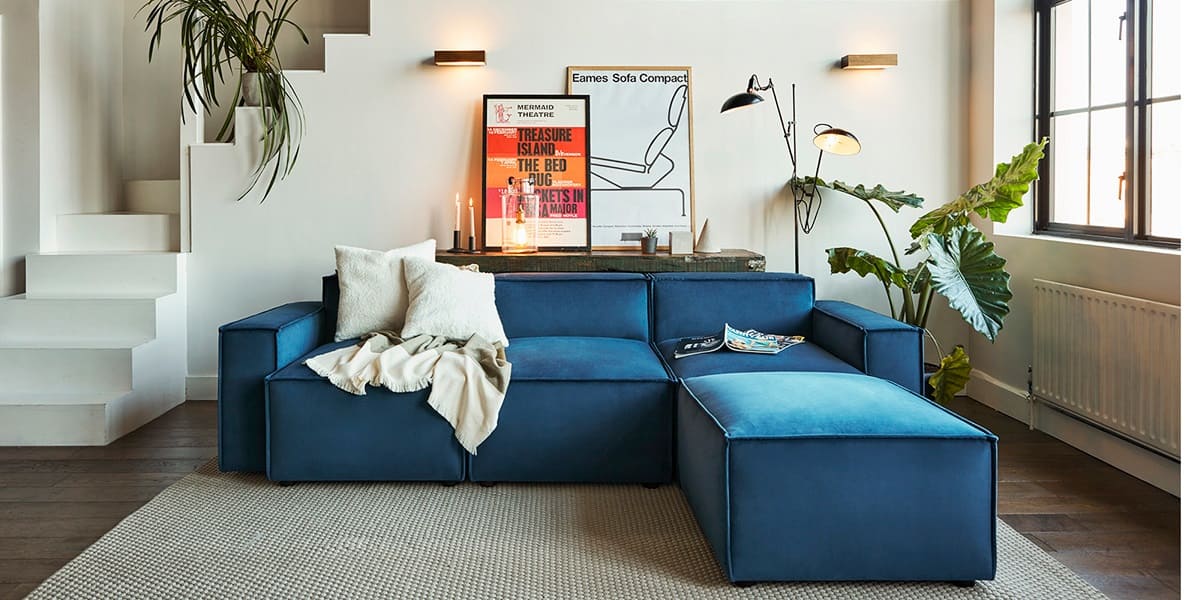
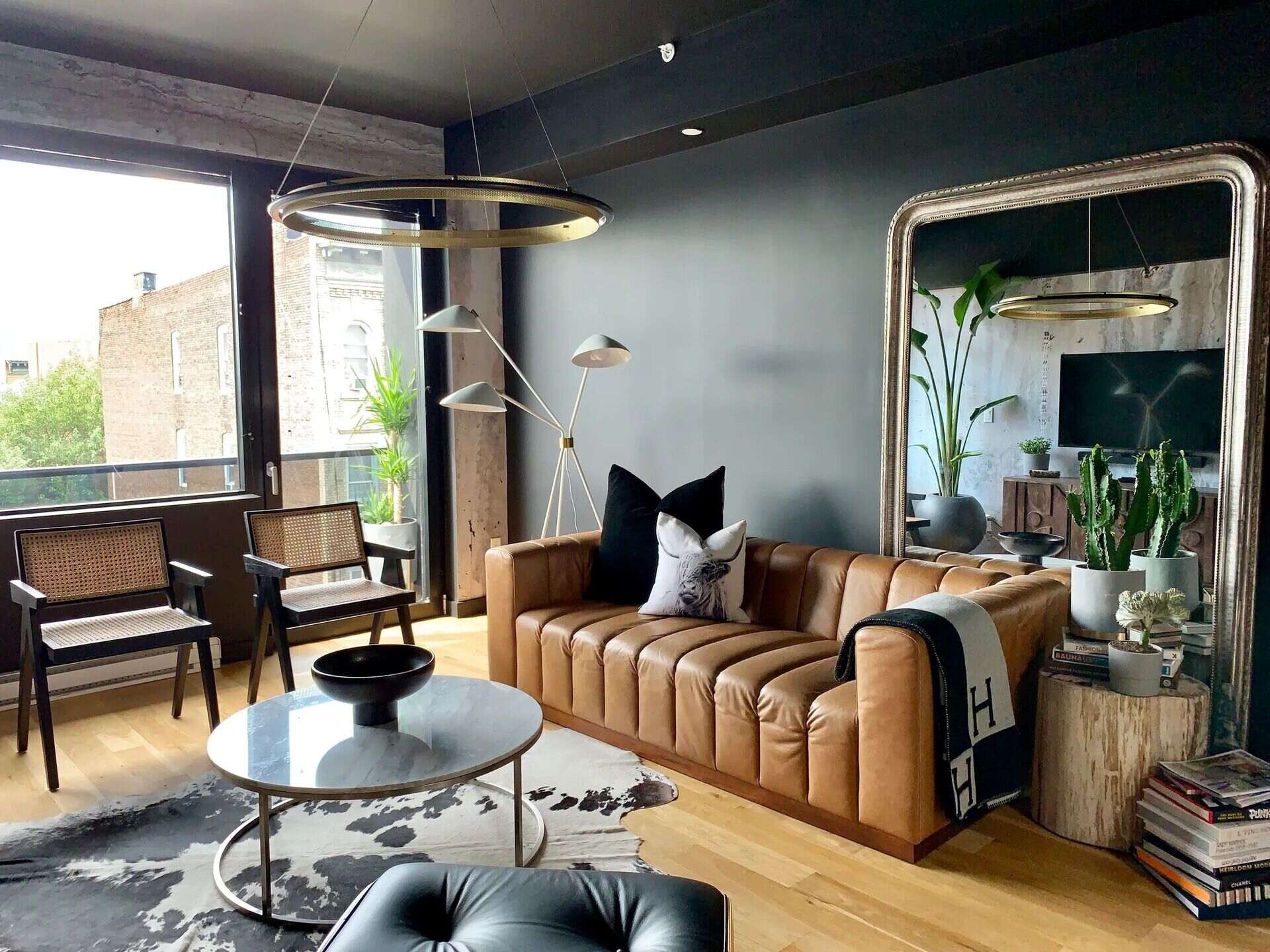
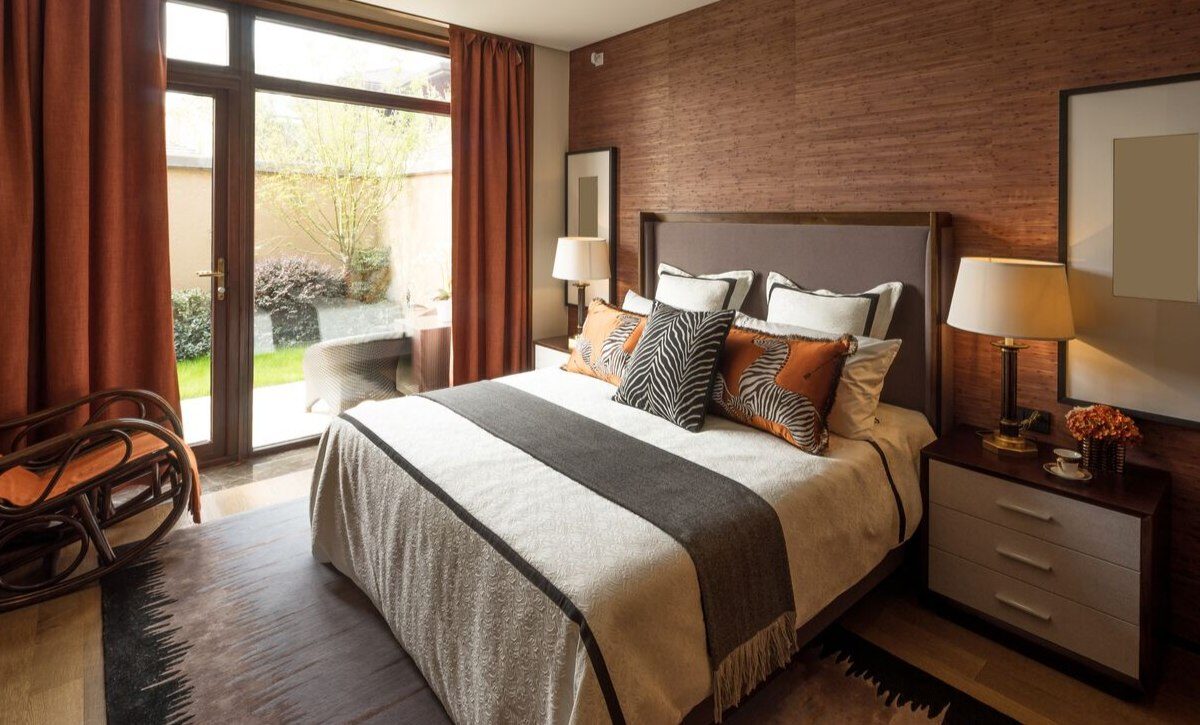
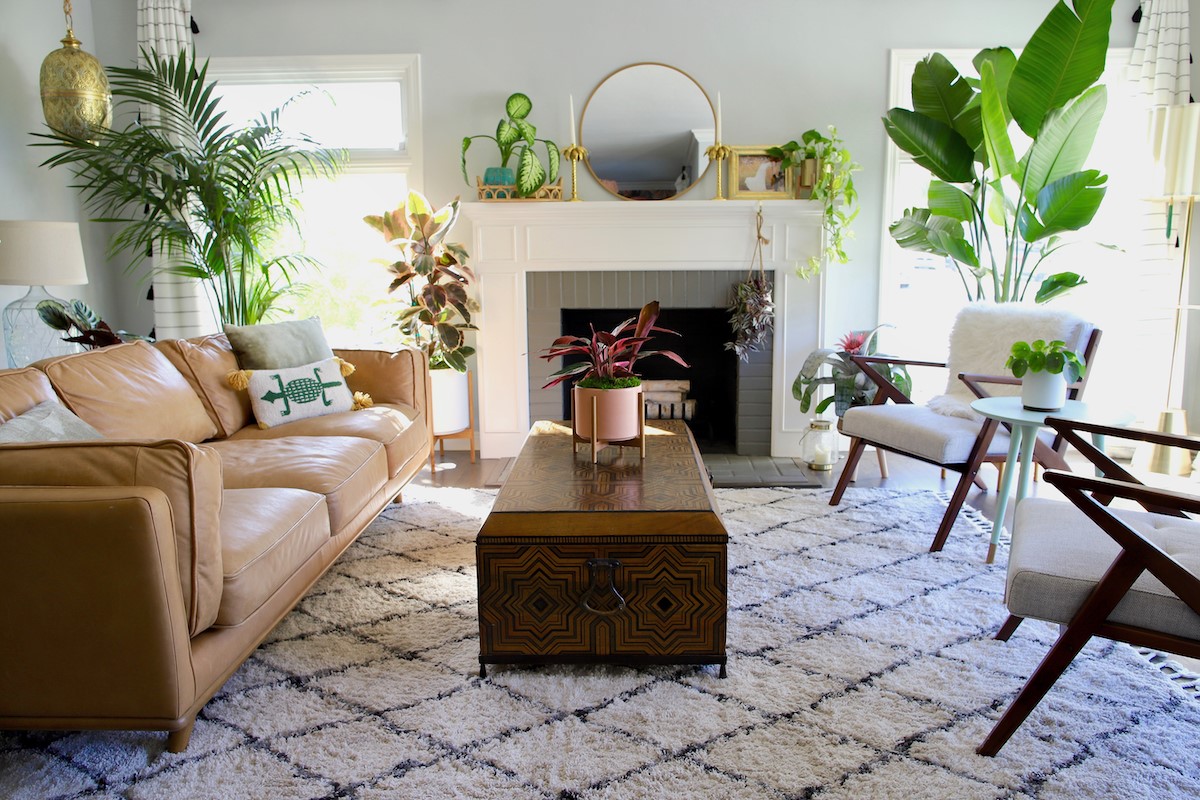
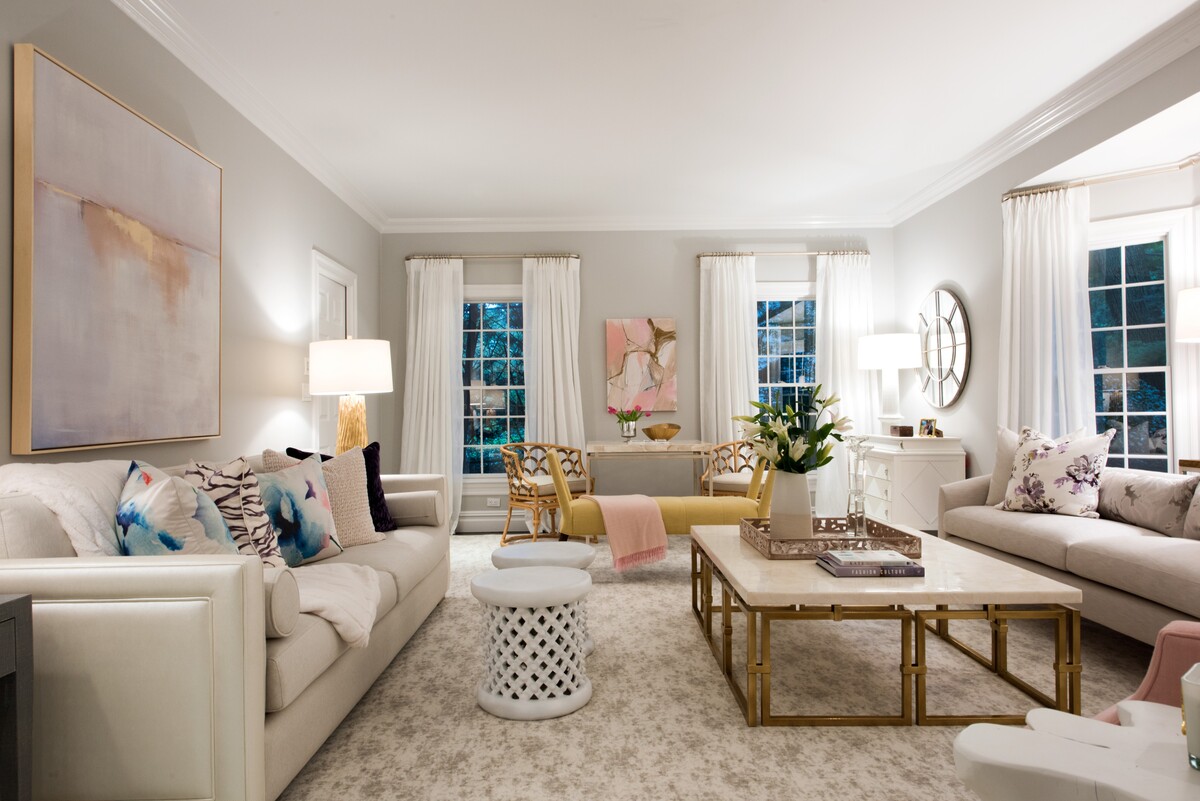
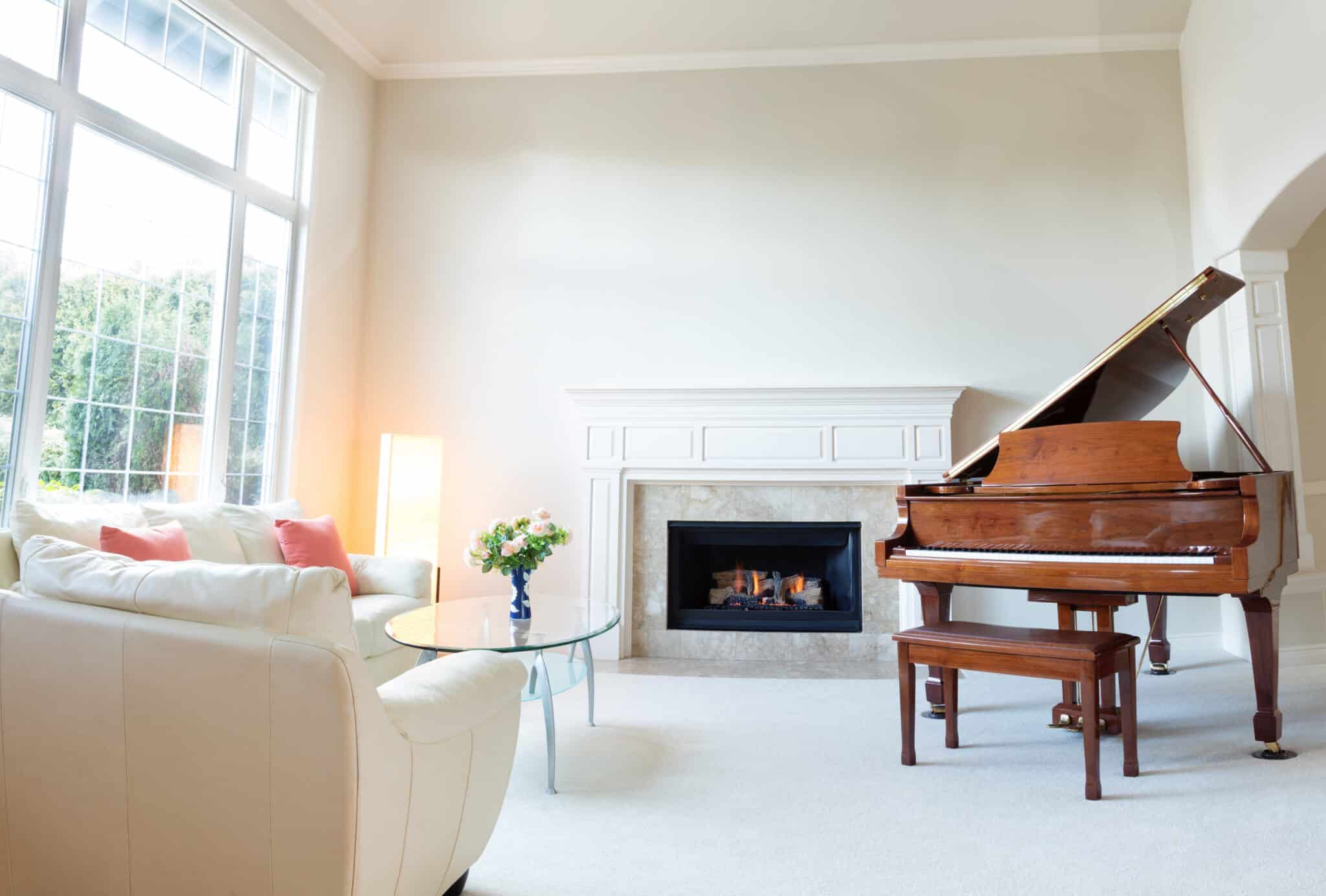
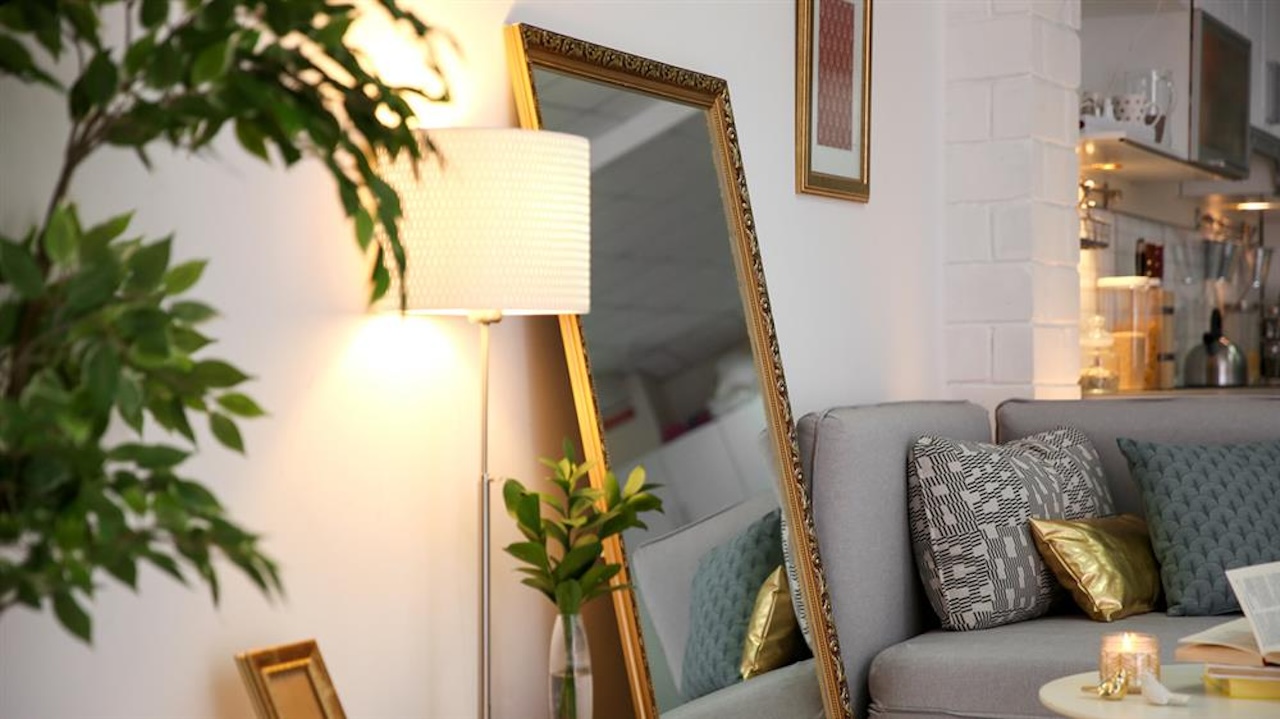
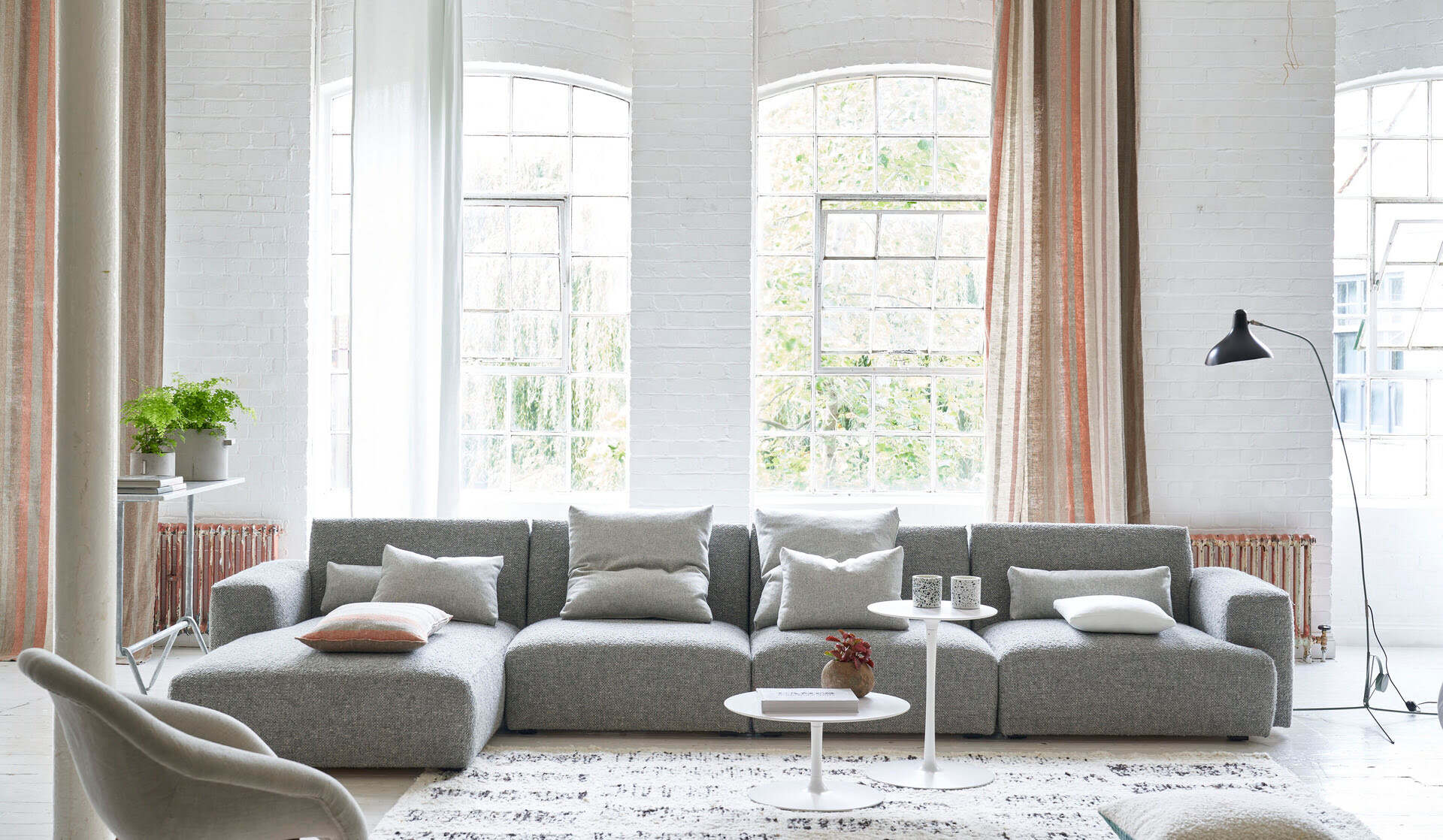

0 thoughts on “Where To Place A Mirror In The Living Room”